Description
The Basic Tour of Bucharest is a short introduction to the large and amazing history of our Romanian capital. The tour starts in Old Town, beginning with the oldest building in Bucharest, the 15th century Old Court. It is the heart of the city today, and the most important part in centuries past.
Then we will take a walk on the most important street of the old city, Calea Victoriei (Victory Avenue) which holds history in every corner and holds some of our most important classic buildings.
Walking down this street you’ll be able to see the National Museum of Romanian History, National Museum of Art, the Romanian Athenaeum (one of the most spectacular buildings in Bucharest!), and also Revolution Square, the place where Ceausescu held his last public speech before the 1989 Romanian Revolution.
The tour starts every day at 10:30 AM and 6:00 PM near the Unirii Square clock.
This tour is donation based if you enjoy the trip and there is a charge for groups larger than 3 persons.
Please contact us for private groups and customized tours.
Bucharest City Walking Tour Highlights:
Old Town (The Old Princely Court)
The Old Court is the first royal court in Bucharest and became inoperative after the 1718 fire and after the 1738 earthquake. The entire Royal Court consisted of a palace – the Voievodal Palace, a church (the “Good News” Church, later known as the Old Court Church), houses with reception halls, royal chancery, stables and gardens.
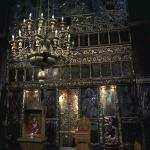
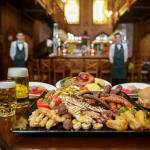
“Caru’ cu bere” is a symbolic restaurant for Bucharest, originally located on the Calea Victoriei, “Carul cu bere” was held by the Transylvanian Ion Căbășanu. The origin of the name is easy to guess: the beer was brought to the curb with horse drawn carts.
The building in which the restaurant is located is a historical monument highly valued for the Gothic style.
Stavropoleos Monastery & Church
The Stavropoleos monastery includes, besides the church erected in 1724 by the Greek Ioanichie, the premises built at the beginning of the 20th century, by the architect Ion Mincu. Initially only a simple inn was built, the place soon became suitable for a holy place of prayer. Many of the well-known inns located in the center of Bucharest had churches or monasteries in the middle of the inner courtyard; in fact, few have appeared as annexes of churches and monasteries, erected by egumeans to increase their incomes.
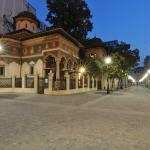
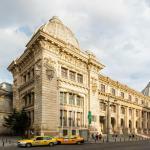
National Museum of Romanian History
The museum appeared in 1970, as one of the first archaeological and historical museum in the country. The most famous treasures were brought here, first of all the precious metal ones, in the only public place where security and visibility could be ensured to the same extent. Also, a lot of other pieces of great archaeological and historical value have popped up in the exhibitions of the museum, to illustrate the history of that time.
The Revolution Square in Bucharest is one of the places with the most complex history, a landmark of local and national culture and history. This is where the revolution of 1989 started. The statues around the square are elements of the story from the communist era in Bucharest. Around the square you will see: the former headquarters of the communist party, in the corner of the square you can see a fascinating building with an old facade and modern interior – former conspirative house and nowadays the headquarters of the Order of Architects in Romania.
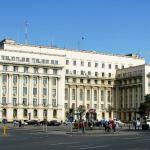
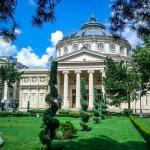
The Romanian Athenaeum is a concert hall in the center of Bucharest and a landmark of the Romanian capital city. This building was one of the reasons why Bucharest received the nickname of Little Paris.
The Romanian Athenaeum was built between 1886 and 1888, designed to accommodate the specific activities carried out by the back then called the Romanian Philharmonic Society (an institution founded in 1868).
National Museum of Art of Romania
The National Museum of Art of Romania has three art galleries the Gallery of European Art, the Gallery of Old Romanian Art and the Gallery of Modern Romanian Art, with works presented in an attractive and modern way. The history that the building carries with it makes this visit a journey in time, because on the place where today is the Kretzulescu wing, build between 1812 and 1820, a house of impressive proportions for contemporaries.
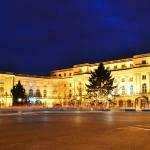



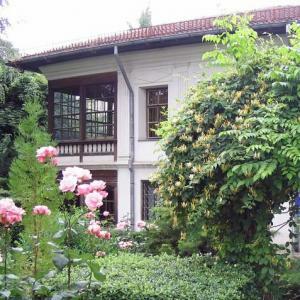
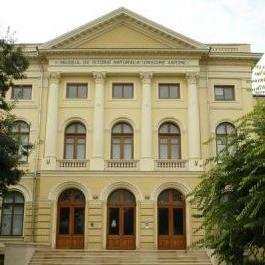
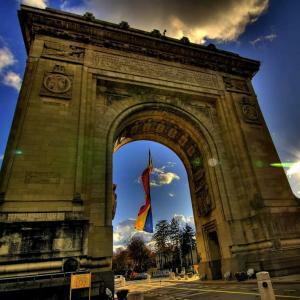
Reviews
There are no reviews yet.